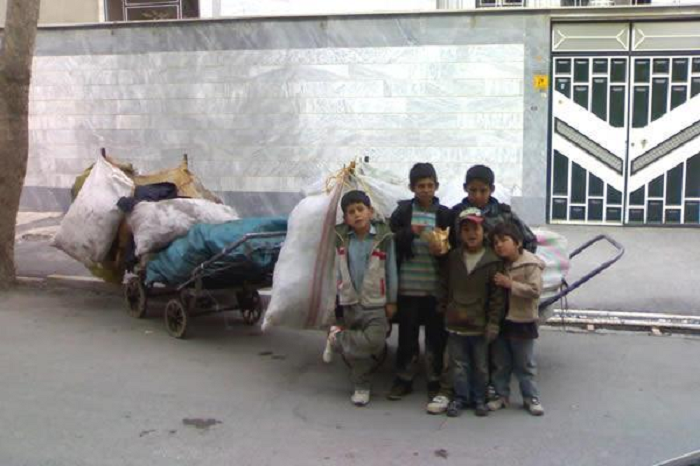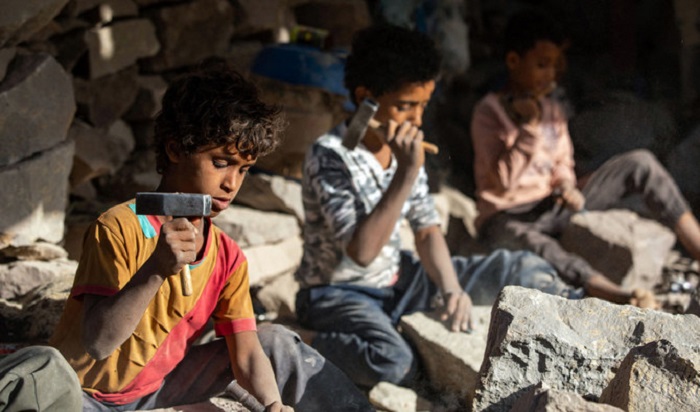
Iran faces a troubling surge in child labor, with both official and unofficial statistics indicating a rapid increase in the number of children being forced to work.
Despite the escalating scale of this issue, the Iranian regime has consistently failed to provide accurate statistics on working children.
Various sources reveal that while the government acknowledges the issue, they have made deliberate attempts to underreport the actual number of affected children. In some instances, individuals and news networks that attempt to unveil the real numbers face potential prosecution, and their work is barred from publication.
Though 13 organizations within the Iranian government, as reported by Fars news agency, are tasked with addressing the child labor crisis, none have presented reliable data. Notably, Mehdi Eisazadeh, head of the Social Commission of the Iranian Majles (Parliament), had once disclosed the number of these agencies, yet the lack of credible statistics continues to raise concerns.

In some instances, individuals and news networks that attempt to unveil the real numbers face potential prosecution, and their work is barred from publication.
Rarely, state-affiliated media sources such as ISNA news agency and the Tasnim news agency, have cited statistics on child labor. Shockingly, in 2017, numbers ranged between 3 to 7 million working children, as stated by Dr. Seyed Mohsen Tabatabaei Mazdabadi, then-secretary of the Scientific Association for Children’s Rights, and confirmed by Nahid Tajuddin, a member of the Majlis.
The deliberate underestimation began in August 2017, following the Iranian government’s poorly-executed plan to gather working children in Tehran and other major cities.
Additional controversies have come to light, with allegations in 2021 that the municipality had been employing children for garbage collection and sorting through contractors, as noted by Vahid Ghobadi Dana, a former welfare organization head. Furthermore, a shocking claim from Fatemeh Ashrafi, CEO of Women and Children Support Association, reveals that 35% of working children in Iran are victims of human trafficking.

Subsequent official statistics were manipulated to show a decline in child labor numbers, painting an untruthfully optimistic picture for the international community.
Recent findings by the Research Center of the Majlis suggest a 15% rise in the child labor rate in the country. Meanwhile, Mirfalah Nasri, from the Ministry of Cooperation, Labor and Social Welfare, shared in 2019 that there was an alarming increase in the number of working children compared to previous years, with many of these children being below 10 years old – an age group often excluded from official statistics.
Given the consistent lack of transparency and the alarming trends, it’s evident that the child labor crisis in Iran is more significant than officially recognized. The international community must closely monitor the situation and push for tangible reforms to protect the vulnerable children of Iran.
MEK Iran (follow us on Twitter and Facebook), Maryam Rajavi’s on her site, Twitter & Facebook, NCRI (Twitter & Facebook), and People’s Mojahedin Organization of Iran – MEK IRAN – YouTu

